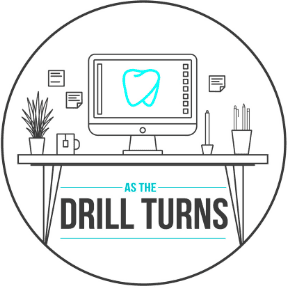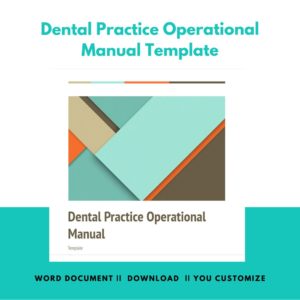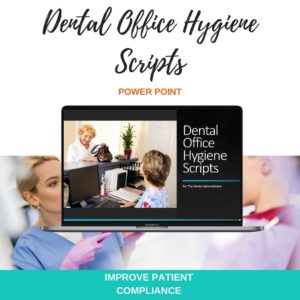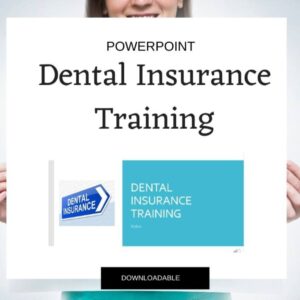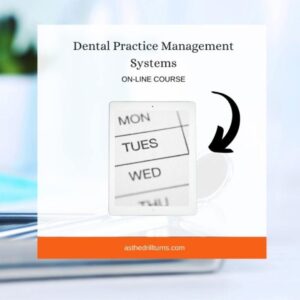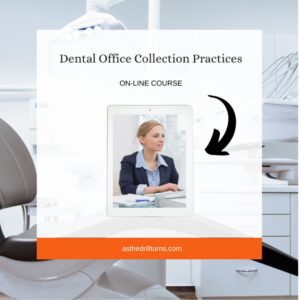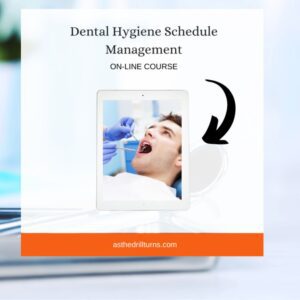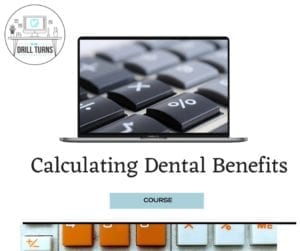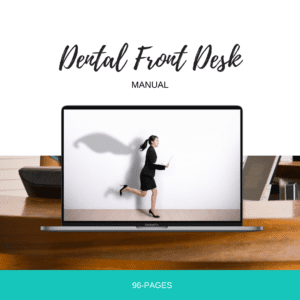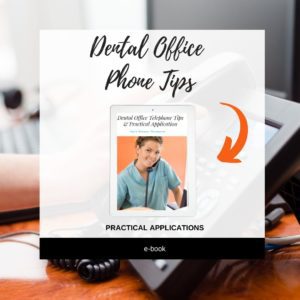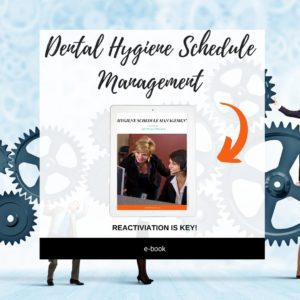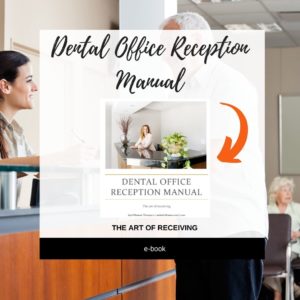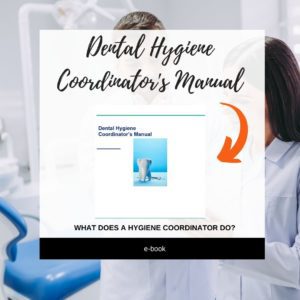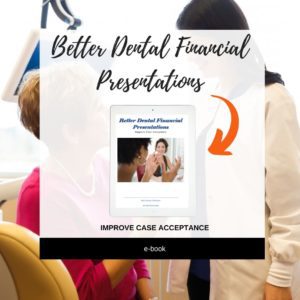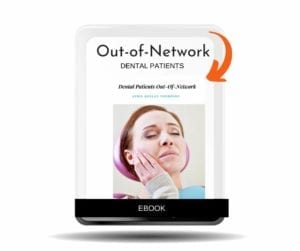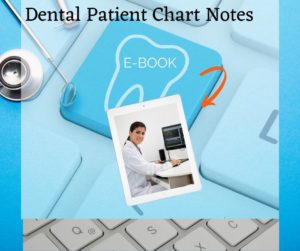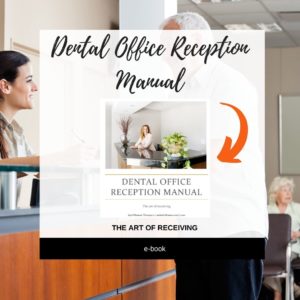Full Mouth Debridement Coding Defined
Full mouth debridement coding is an ongoing challenge for some dental practices. This particular hygiene procedure is one that can be confusing for some. It is a code you will use very seldom.
Definition
The American Dental Association defines a full-mouth debridement with an updated revision effective January 1, 2018:
“D4355 full mouth debridement to enable a comprehensive oral evaluation and diagnosis on a subsequent visit. Full mouth debridement involves the preliminary removal of plaque and calculus that interferes with the ability of the dentist to perform a comprehensive oral evaluation. Not to be completed on the same day as D0150, D0160, or D0180.
Learn My Scheduling Tricks of The Trade Through The Hygiene Schedule Management E-Book & 96-page Dental Front Desk Manual (contains all my hygiene course materials) - included with your Dental Practice Operational Manual Purchase
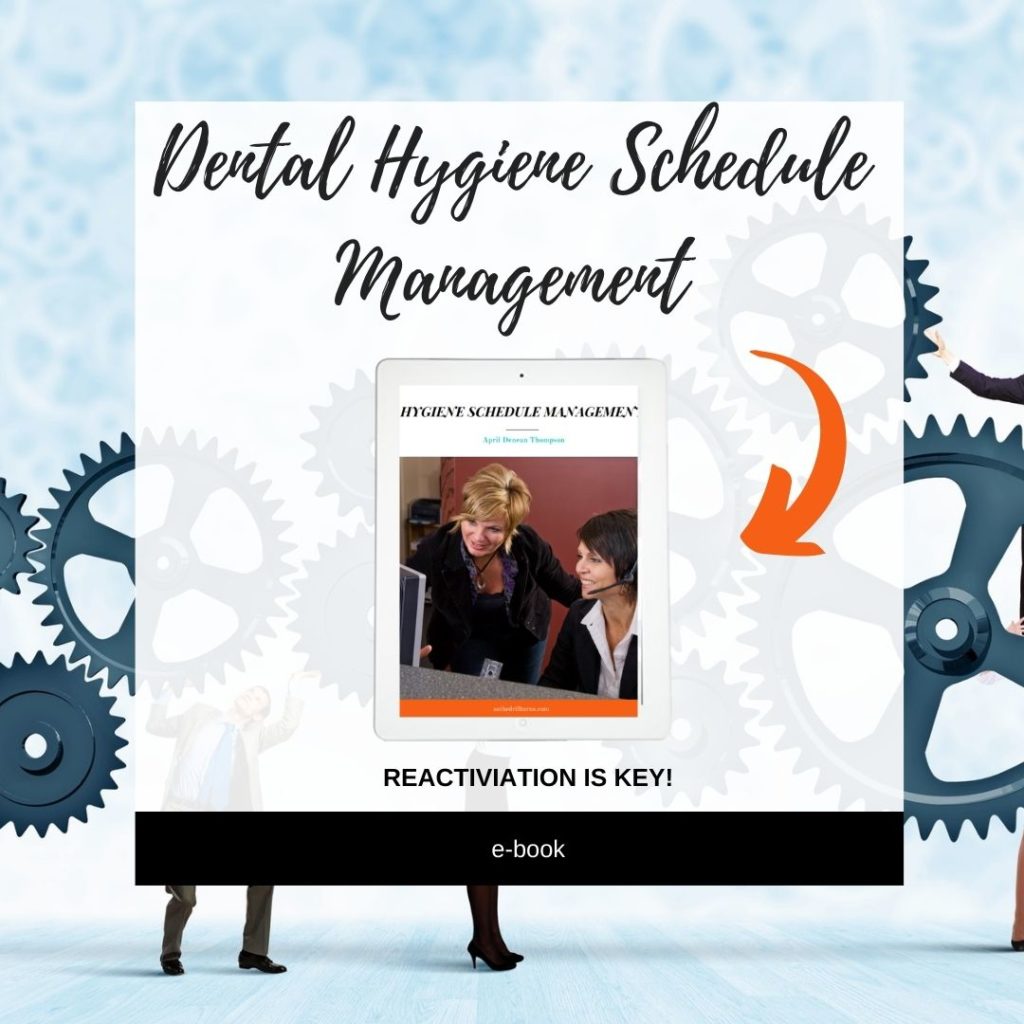
The Exam is Often the Issue
The problem can occur when a patient presents for a new patient exam and x-rays. A comprehensive oral exam is the scheduled procedure. However, there is need for a full mouth debridement.
The dentist must change the course of treatment. Because the comprehensive exam is impossible today. – SEE UPDATE HERE!!
2 CDT Codes to Consider
Two CDT Codes are available for the dentist to use to bill this exam. Even though the plan was to complete a total comprehensive exam, the plan changed. ADA ©2018
D0191
- D0191 – assessment of a patient – A limited clinical inspection that is performed to identify possible signs of oral or systemic disease, malformation, or injury, and the potential need for referral for diagnosis and treatment.
D0140
- D0140 – limited oral evaluation – problem focused- An evaluation limited to a specific oral health problem or complaint. This may require interpretation of information acquired through additional diagnostic procedures.
- Report additional diagnostic procedures separately. Definitive procedures may be required on the same date as the evaluation. Typically, patients receiving this type of evaluation present with a specific problem and/or dental emergencies, trauma, acute infections, etc.
The Hygiene Coordinator's Manual is a fabulous tool for new team members learning their way around hygiene terminology, procedure codes, periodontal charts, etc. And is also included in your Dental Practice Operational Manual purchase.
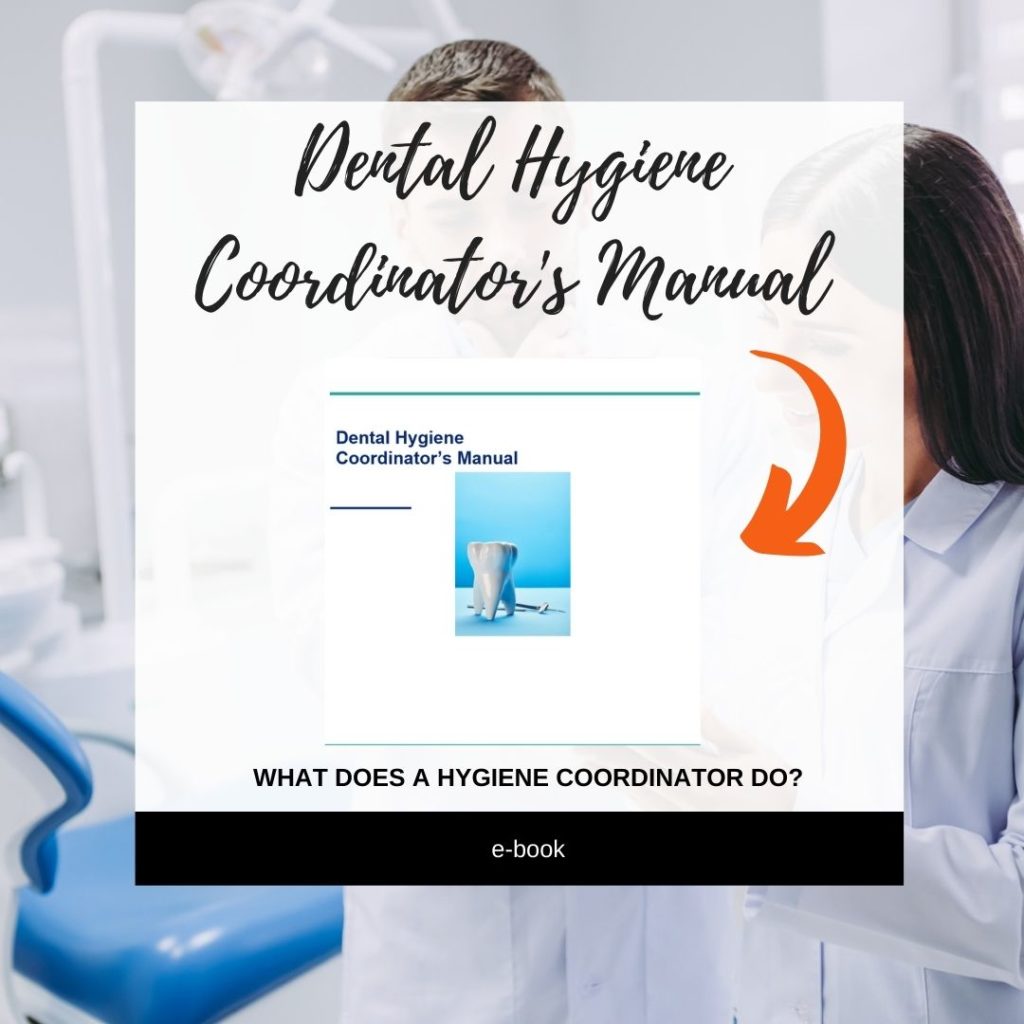
Need Help With Your Hygiene Schedule Set Up? The Advanced Dental Block Scheduling Guide - Within Your Operational Manual Purchase - Will Surely Help You!
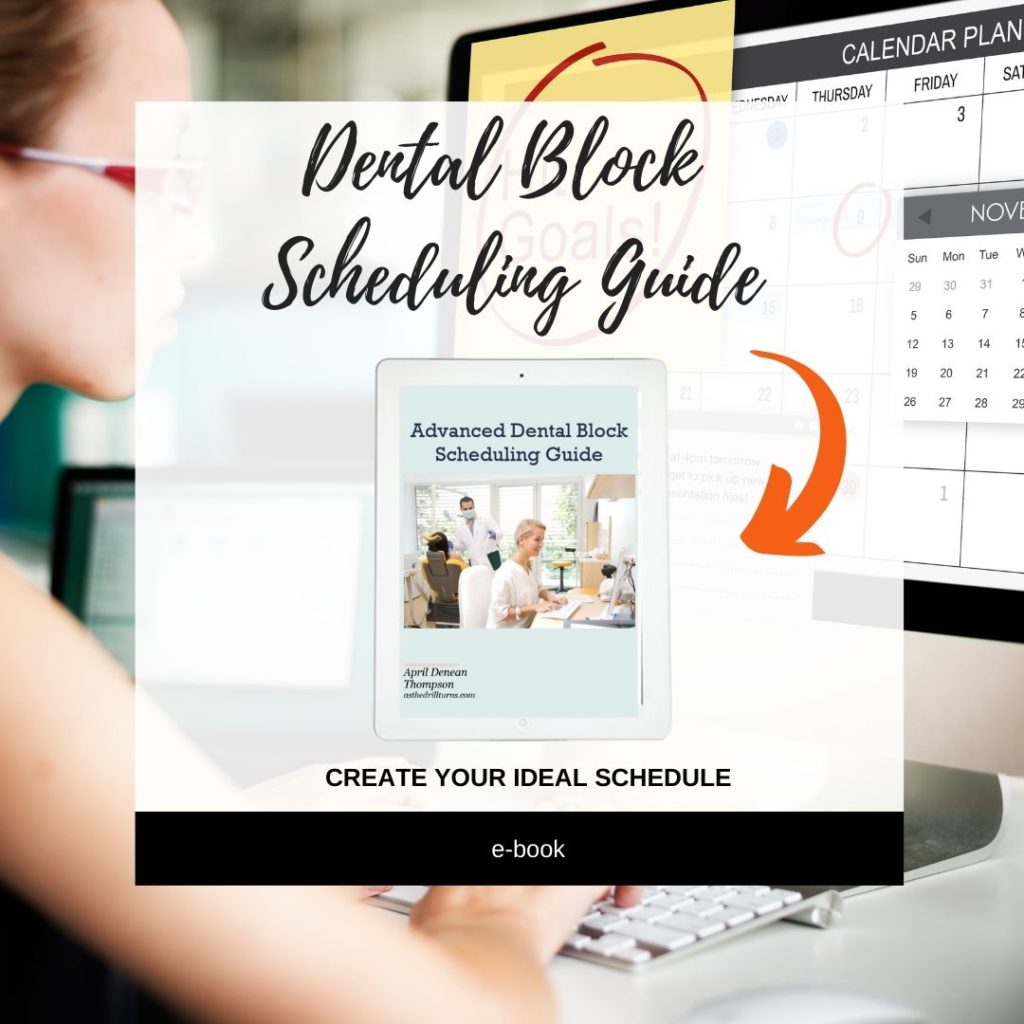
Full Mouth Debridement Coding with Narrative
Include narratives with all full mouth debridement claims! And you will want to indicate that excessive plaque and calculus prevented an oral evaluation. You may even want to include the estimated length of time it has been since the patient has received dental care. For example: “Patient has not seen dentist in 8 years. A full mouth debridement is necessary for a subsequent comprehensive oral evaluation.”
Full Mouth Debridement With Photos
Remember to include photos and x-rays that show heavy plaque and calculus. Any added photos will support the claim and reason for the decision to proceed in this manner. Be sure to include your patient’s name and date of birth on the photos as well. And note your patient’s claim that photos are attached too!
Dental Insurance Benefits for Full Mouth Debridement
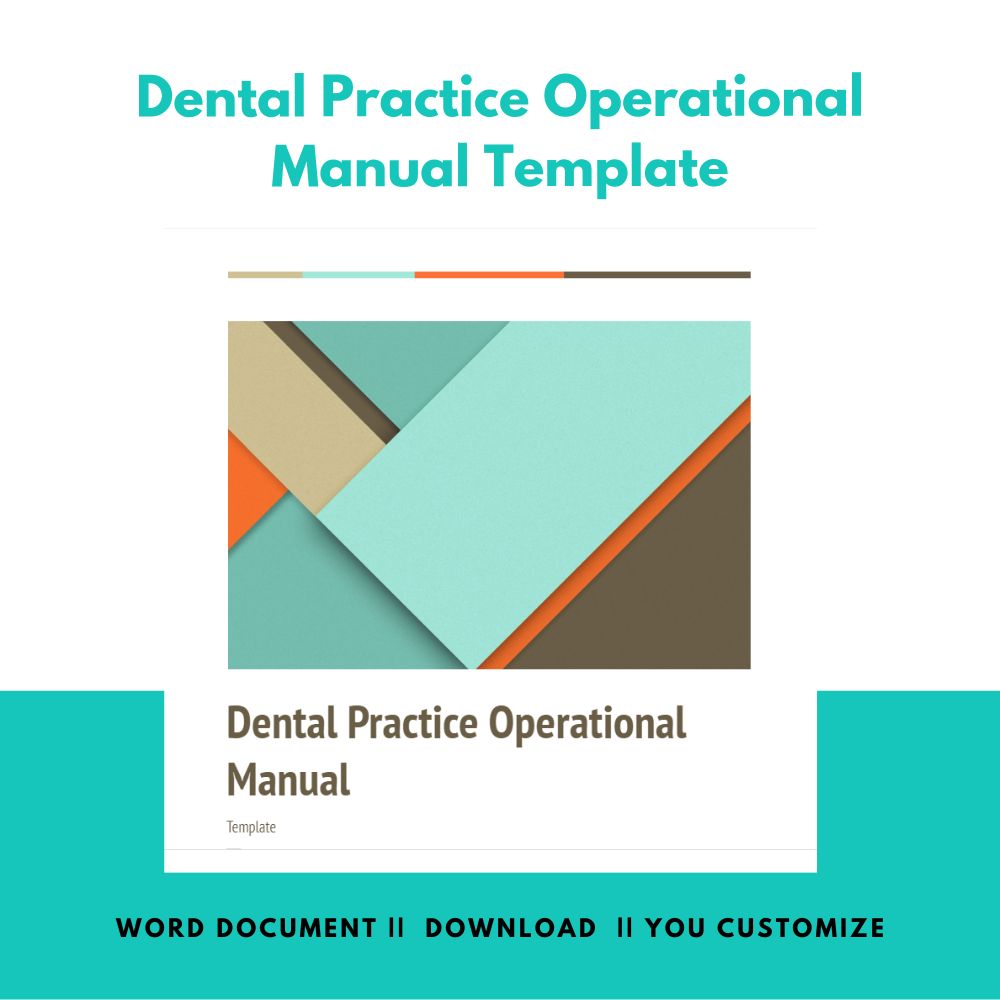
Dental insurance benefits really vary with this code. Some insurance plans do not cover a full mouth debridement at all! While others have frequency limitations that range from once in a lifetime to once every 3-5 years. But remember, this code will not be used very often. It’s rare that this is the level of care patients need today.
Collect Payment in Full
Don’t expect much of an insurance reimbursement either! I’ve read that the average coverage will be about 25%. So, when in doubt, and you don’t have a clear answer, collect in full. The dental office can always reimburse their patient if there is an over payment. Of course, follow any guidelines you have with insurance contracts and state law.
What Next?
Now we can see this patient for a comprehensive exam. And decide the next course of treatment. The patient may or may not need periodontal treatment. So, don’t make any assumptions. It could be that a prophylaxis is really all this particular patient will need. But you definitely want to schedule a full comprehensive exam next.

